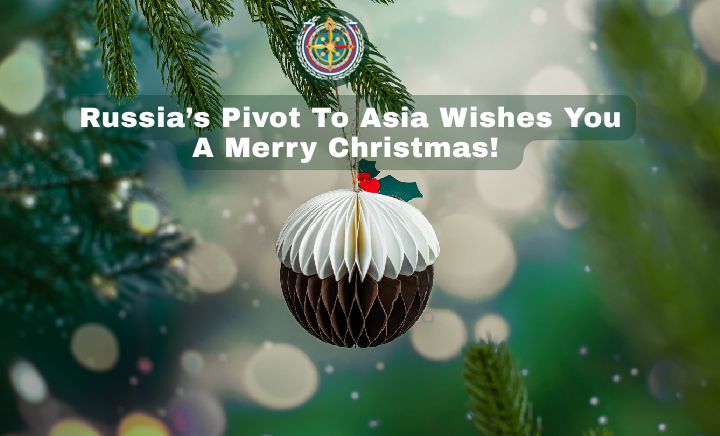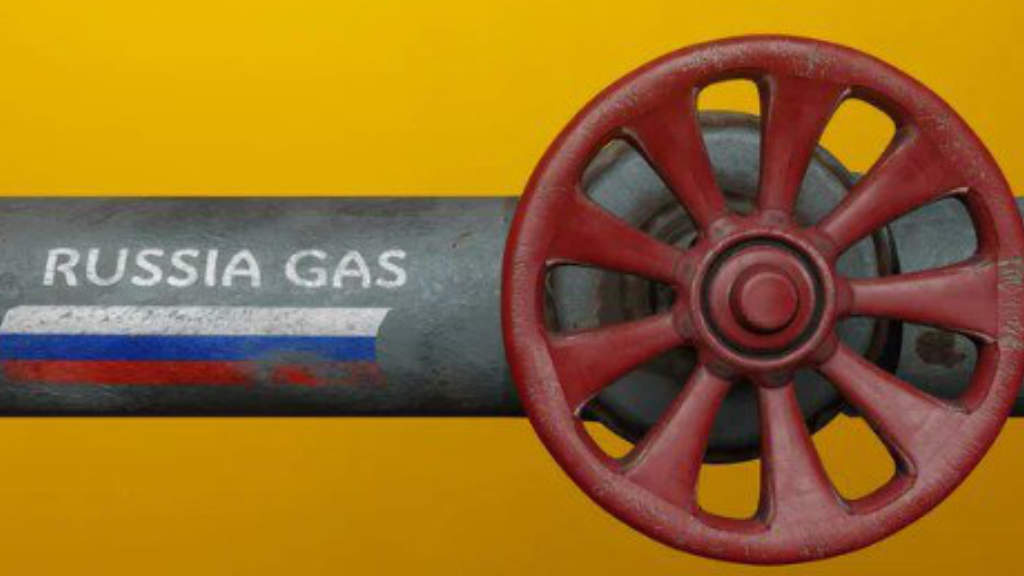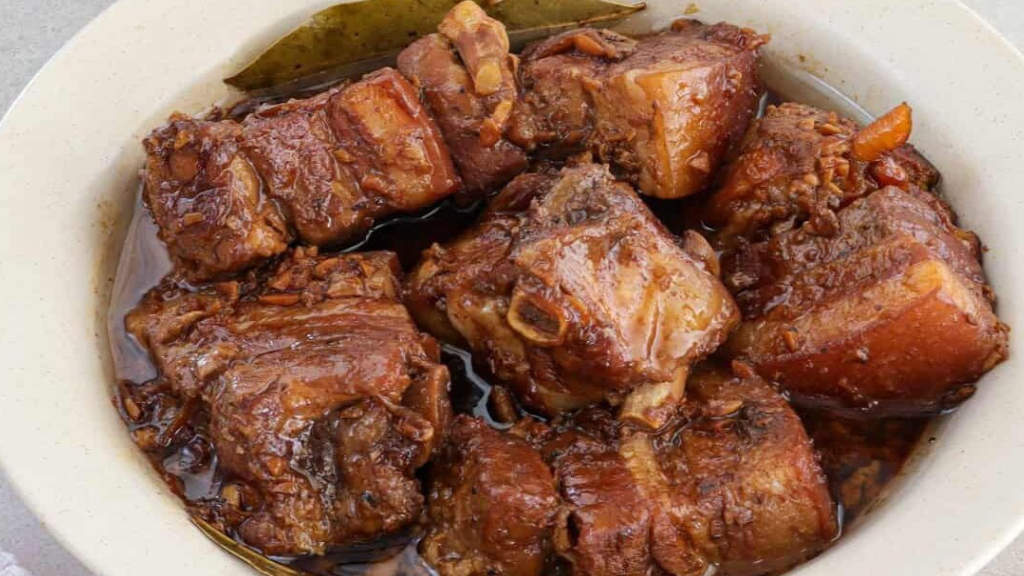The Russian Chamber of Commerce & Industry has suggested changes to Russia’s import substitution sector lest it start to rely too much on Chinese manufacturing.
To reduce import dependence in Russia’s manufacturing and mechanical engineering sectors, it is essential to accelerate the development of component manufacturers – a third layer of Russian industrialisation. At present, the import dependence of mechanical engineering products is approximately 30% and is increasing. If this trend is not reversed, the Chamber suggests there will be complete dependence on Russian supplies from China.
During a meeting of the Russian Chamber of Commerce and Industry Council concerning Russia’s industrial development and the competitiveness of the Russian economy, it was stated that at the end of 2023, Russia’s manufacturing sector accounted for 12.4% of Russian GDP, representing an increase of 7.9% relative to 2022. However, this is significantly higher than the country’s GDP growth of 3.6% over the same period, yet could be negated if the current economic policy is not adjusted.
According to Konstantin Babkin, the Chairman of the Council, between January–November 2023, the receipt of taxes on production and consumption in the budget increased significantly compared to the same period in 2022. Consequently, VAT collection increased by 10.98%, personal income tax by 12.9%, income tax by 21.95%, and property taxes by 5.1%. Concurrently, the volume of collected “raw materials” taxes decreased: over the same period, revenues from the mineral extraction tax decreased by 11.06%, and excise tax collections fell by 62.3%.
Russia’s Competitiveness Disadvantage To China
Industrial manufacturers in Russia are at a disadvantage relative to their competitors from China, according to the Chamber of Commerce and Industry. Data cited by the Chamber show that the average cost of a loan for Chinese industrial enterprises is 0.05%, while for Russian ones it is 12%. Furthermore, the average tax burden on manufacturing companies in China is 20%, while in Russia it is 47.7%.
The result of these disparate conditions is the preponderance of Chinese manufacturers, both components and engineering products in general, on the Russian market. Babkin cites the example of electric motor production – units without which the production of the majority of final mechanical engineering products would cease. In China, 1.2 billion units were produced last year, and in Russia – 9.8 million. That compares to 46.6 million electric motor units being produced in Soviet Russia in 1990. Babkin says that “Russia is moving from dependence on the West to dependence on the East.”
Nikolai Sidorenkov, General Director of the Lifting Machines company, draws attention to the reduction in supplies of KamAZ vehicles and to the increase in shares of trucks from Chinese manufacturers in the Russian market. He states that in 2021, KamAZ released over 35,000 vehicles to the market, while in 2023, the figure was 31,000 a decrease. However, the Russian truck market grew from 84,000 units in 2022 to 143,000 in 2023. But that growth was achieved due to the supply of trucks from Chinese manufacturers, whose market share increased to 60% of Russia’s total.
He has also noted that Chinese manufacturers have are not yet developed a service sector for their products in Russia. There are no spare parts, the materials used to manufacture the products are of low quality, and the products themselves sometimes have unsatisfactory performance parameters.
Yet Chinese equipment remains a popular choice due to the competitive advantage enjoyed by its manufacturers in terms of business conditions. Sidorenkov has suggested that an effective measure could be the introduction of a “equalising” duty of up to 30% for all imported components of automotive special equipment, as well as imported cranes, supplied separately, not as part of special equipment. Furthermore, he suggests introducing a recycling fee on all lithium ion battery components imported separately from the vehicle.
The Need For Government Incentives
Vladimir Gamza, Chairman of the Chamber of Commerce and Industry Council on financial, industrial and investment policy, notes that Russian mechanical engineering is highly import-dependent, with imports accounting for approximately 30% of the sector. The figure is higher only in pharmaceuticals, at 50%, and in the consumer goods sector, at more than 35%.
To reduce import dependence, it is necessary to implement measures to support manufacturers of components for Russian mechanical engineering. The Chamber of Commerce and Industry believes that in order to accelerate the development of this sector, it is necessary to provide enterprises with the same benefits that are currently available to companies in the IT industry. This experience has yielded positive results and should be extended to other challenging industries.
Furthermore, along the technological chain, it is necessary to stimulate the production of small-scale and special steels and at the same time ensure prices for them for Russian consumers are at a level comparable to the cost of their production. It is also necessary to develop a programme to modernise factories that produce foundry equipment and promote the creation of foundry production complexes and mechanical processing of castings.
Russia’s Third Industrialisation
Babkin has stressed that “Russia must ensure that its domestic producers are not placed at a disadvantage compared to their Chinese counterparts. Russia is well-positioned for dynamic growth, yet the key to success is the implementation of an effective economic policy. A third industrialisation is required. The development of non-resource sectors of industry will stimulate growth in the economy, generate demand for scientific developments, enhance the material well-being of the population, and improve the quality of education and address demographic challenges.”
According to data presented at a meeting of the Council of the Chamber of Commerce and Industry, Russia’s imports are primarily comprised of high-value goods, accounting for nearly 70% of all imports. Conversely, the composition of exports is predominantly composed of raw materials, accounting for over 70% of the total. The Chamber of Commerce and Industry has identified the need to invert this pyramid as a priority task.
Revised Tariffs and Taxes
To achieve this, it would be beneficial to implement a revised customs policy. The objective should be to not only replenish the treasury but also to create conditions for the development of individual industries. It is essential to implement a policy that will prevent the importation of products that can be produced domestically or within the EAEU.
In terms of tax policy, a paradigm shift is also necessary. In order to increase budget revenues, the tax burden on business is growing. This ultimately results in a decline in business activity. The Chamber of Commerce and Industry believes that budget revenues can be increased by creating conditions for the growth of production, which in turn will lead to an increase in the tax base. To this end, they propose reinstating the investment tax benefit in the format that was in force during the period when the government was headed by Yevgeny Primakov during Soviet times.
Furthermore, a change in monetary policy is required to address the current inflationary environment. However, the Chamber of Commerce and Industry believes that this has the opposite effect. A high key rate leads to higher prices for loans, a decrease in production activity, stagnation of production, a deterioration in the condition of households and increased inflation.
In this regard, the Council of the Chamber of Commerce and Industry has proposed amending the legislation on the Central Bank at the first stage. This would set the task of stimulating economic development and production growth. It is worth noting that several years ago, in his address to the Federal Assembly, Vladimir Putin also stated that it would be beneficial for the Central Bank to set such goals.
RPA Opinion
The opinion of Russia’s Pivot to Asia is that while adjustments need to be made concerning the market competitiveness of Russia’s domestic products when compared with Chinese imports, re-introducing Soviet-era policies to increase duties on Chinese imports needs to be handled with care. Russia is going through a period of some adjustment, and this will take time. There have been obvious opportunities that Chinese manufacturers have taken advantage on, and that frankly, Russia needed to have since Western sanctions were introduced in 2014.
An example has been in public bus transport. Prior to 2014, buses were imported from the EU, with brands such as Scania and Volvo. Afterwards, they were replaced with Chinese brands such as King Long. Now, public buses are provided by Volgabus. This evolution from Western to Chinese to Russian-built products is a natural evolution and explains why Chinese manufacturers have not backed up their vehicle sales to include services. Surely it is the role of Russian businesses to import and distribute such parts, and eventually to create their own domestic vehicle production and services industry.
While it remains true that Russian businesses would gain from domestic incentives, the element of Chinese competitiveness should remain. If not – domestic manufacturers, certain of 100% market share become lazy, and inefficient. Russian businesses need Chinese and other competition to motivate them. The role of the Government is to encourage this without interfering with market economics. Tariffs and duties can be used to do so – but should be aimed at pushing Russian manufacturers to be more competitive rather than deployed as punishment for China’s entrepreneurial instincts.






